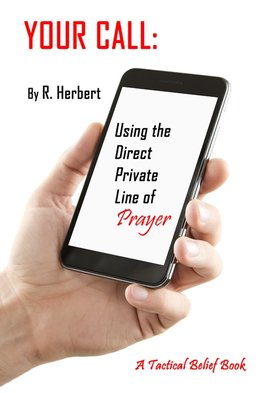
USING THE DIRECT PRIVATE LINE OF PRAYER
By R. Herbert, Tactical Belief Books, 2017
ISBN 978-1-64007-969-4
Our latest e-Book is for new Christians and established believers alike. It takes a fresh look at what the Bible really says about prayer – about how we should pray and what we should pray. Some of the answers might surprise you, but this is a book that may transform your prayer life. It will certainly enable you to enhance your prayer starting immediately – by showing you how to more fully and effectively use the direct line that you have been given.
Like all our e-Books, Your Call is completely free and available in several versions to read on any computer or e-Book reader and many smart phones. You don't need to register or give an email address – just click on the version you want and download!
You can download YOUR CALL from our sister-site, TacticalChristianity.org,
Here.




 RSS Feed
RSS Feed
